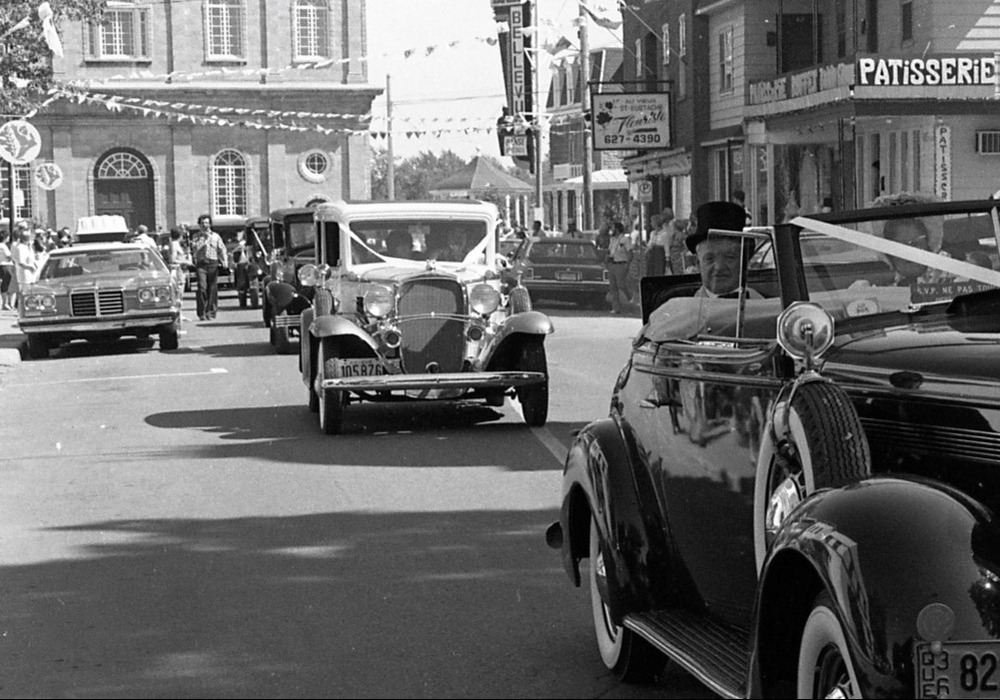
Driving by Ruthven Park National Historic Site today you would never imagine that there was once a thriving community located on the property. In fact, in the mid-19th century, Indiana was the largest industrial town in Haldimand County.
Indiana has been of interest to the local community, historians, genealogists, archaeologists, researchers and visitors to the Ruthven property over the past several years. More recently, through archaeological investigation, closer examination of the collection of Thompson papers and ledgers, and genealogical probing, further information has been revealed which provides a glimpse into the daily lives of the residents who once lived in and around the town.
Why a ghost town? Over time Indiana was abandoned. However, there are substantial remains left today that are visible and have been recorded or excavated through archaeology that proves that it once existed. The few standing remnants of the original town include a Catholic cemetery, an 1830s house and a few streets on the Ruthven property, and the grist mill ruins and lock on the neighbour’s property. The remaining landscape has been turned into farmland. Unfortunately, photographs of the town are non-existent yet early maps, drawings, archaeological investigations and present day photographs of comparable early industrial towns have assisted to make it easier to visualize.
The history of Indiana is very much a Ruthven Park story. Ruthven’s builder, David Thompson, was responsible for laying out the town in the 1830s, and he along with his son David played a major role in its industrial development.
Ruthven Park is owned by The Lower Grand River Land Trust Inc. incorporated in 1994, as a non-government, not-for-profit organization which owns and manages the site. The main purpose of Ruthven Park is to conserve, protect and interpret the natural and cultural landscapes for the enjoyment of our visitors and future generations.
This virtual exhibit provides an overview of the story of the establishment, and the rise and eventual demise of the former town of Indiana from the 1830s to the 1890s.

